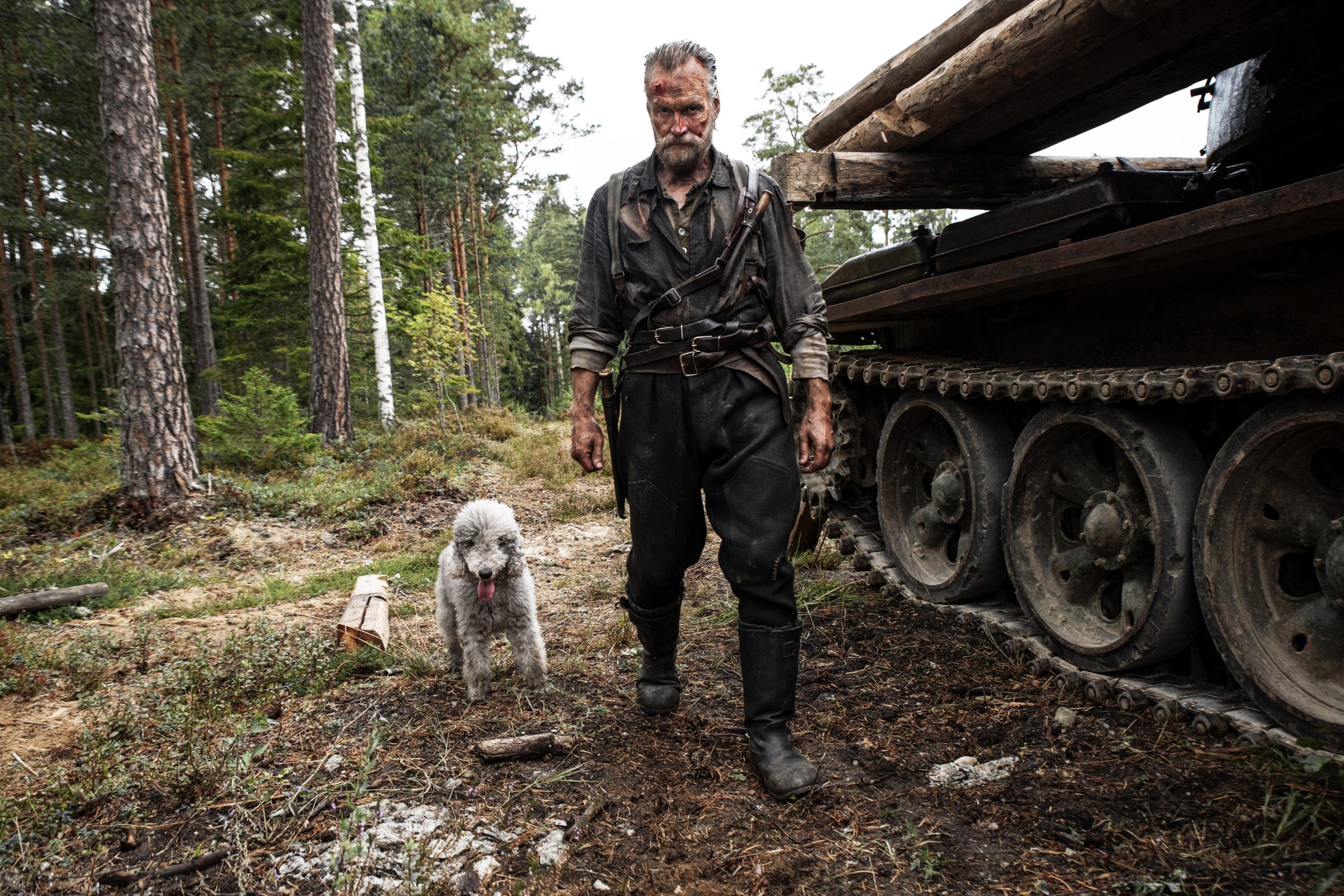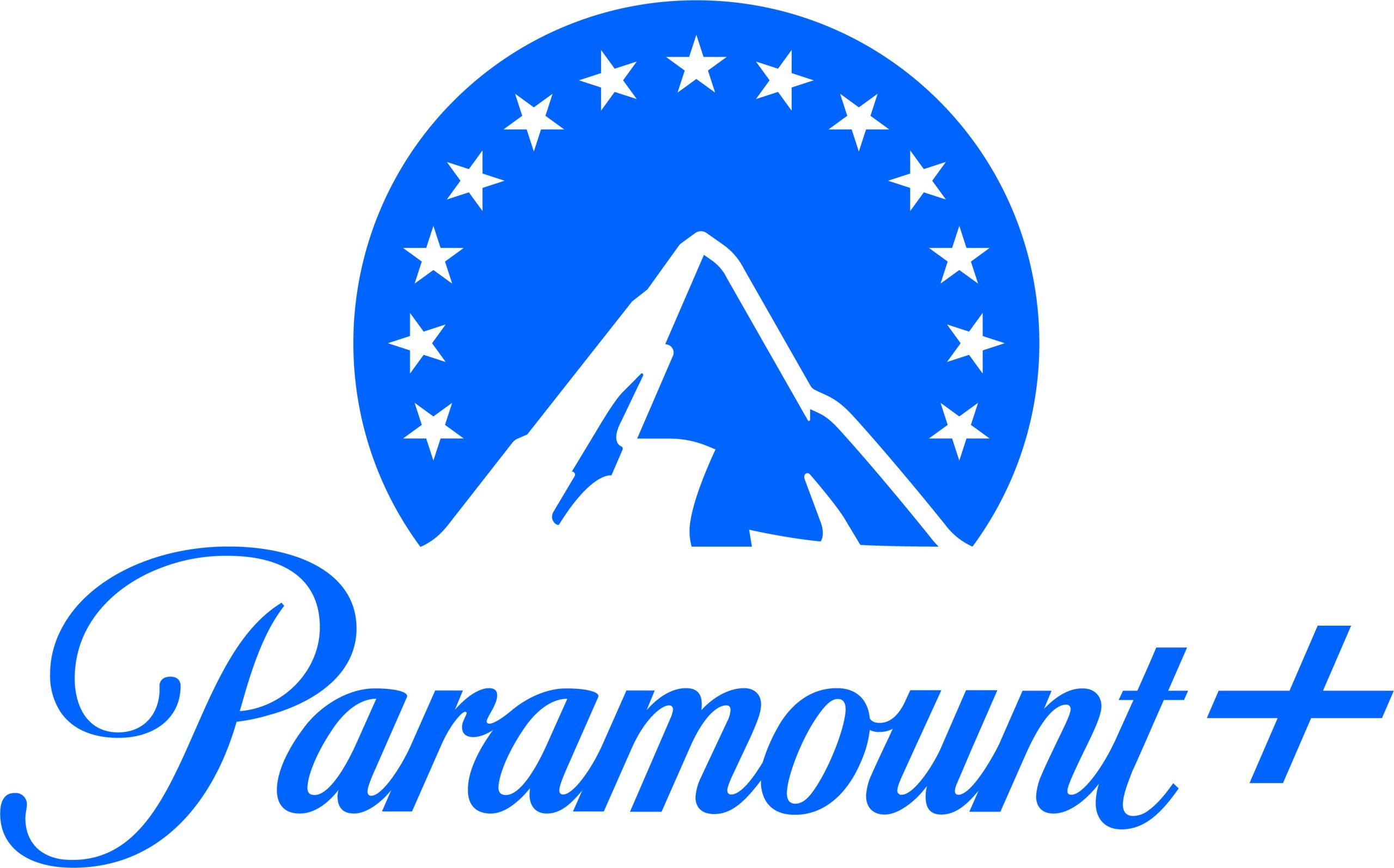
The Jewish People: A Story of Survival explores survival from slavery in Egypt to the exile from Israel to pogroms and the Holocaust and beyond.
I was going to wait until the start of Jewish-American Heritage Month–which starts on the very same day as Yom Ha’atzmaut this year–before running this review. However, I decided to run my review of The Jewish People just before Pesach as the holiday itself is the story of freedom and survival. An interesting thing to note about this year’s Israeli Independence Day is that the bulk of 5 Iyyar just happens to take place on May 1, 2025, the very day that kicks off Jewish-American Heritage Month in 2025.
To say that the survival of the Jewish people is improbable is not an understatement. We’re still here and we’re still standing after years of persecutions, antisemitism, and a near genocide in the 20th century. Our story begins with Avraham, the first Jew. He answered G-d’s call and migrated to Canaan. It was in Canaan where Avraham was instructed to sacrifice his son, Yitzhak. Yitzhak’s life was spared as G-d was testing Avraham. We read his story annually during Rosh Hashanah.
About 200 years after Avraham, the Jews descended to Egypt during a time of famine. It was sometime thereafter that Jews were enslaved by Pharoah in Egypt. Jews cried out to G-d and Moshe was sent to deliver them out of bondage. We all know how that went (see The Ten Commandments and Testament: The Story of Moses). Despite the text in the Tanakh, scholars debate whether the events happened as written. In any event, the Exodus from Egypt formed the basis of Pesach. Appropriately, there is footage of seders.
Sticking with the theme of freedom, The Jewish People also discusses Russian Jews getting their freedom. It was described as a modern-day exodus. As for the Jewish people, they wondered in the Sinai desert for 40 years. It was at Mt. Sinai where the Jews received the Ten Commandments. Tradition states that Moshe received both the Oral and Written Torah while on top of Mt. Sinai. The Torah starts with creation and goes all the way to the Jews mourning for Moshe after his death. It also features all 613 positive and negative mitzvot forming Jewish halachot.
Years later, King David captured Jerusalem from the Jebusites and made it the capitol. It was the midway point of what would become the United Kingdom of Israel. The Babylonians would later exile Jews to Babylon and destroy the First Temple. Jeremiah, a prophet, offered hope as Jews went into exile. One would have thought this was where the Jewish story ended but it didn’t. The Persian Empire rose up and vanquished the Babylonians. They allowed the Jews to practice religion and gave them an opportunity to return to their home in Israel. Upon returning to Israel, they started to build the Second Temple.
Looming at the start of the Common Era, the Roman Empire made it tougher on the Jews. The Second Temple was destroyed and Jews were exiled once again. The Temple was never rebuilt so Jews were able to survive only through the laws that didn’t require sacrifices and such that took place at the Temple. To this date, Tisha B’Av serves as a day of mourning for the Jewish people to remember both Temples. After this second exile, Jewish communities spread out and begin to form throughout the Mediterranean. New challenges would arrive but the Jewish people would survive.
Enter the completion of the Babylonian Talmud in the 7th century. It includes comments and debates from sages for a few hundred years. Additional commentaries are included, be it from my 34th great-grandfather, Rashi, or other rabbinic sages commenting on Rashi’s commentary. Rabbinic Judaism venerates text study, be it Torah or Talmudic. The Pharisees are the turn-of-the-century sect that we consider as the ancestors of Rabbinic Judaism. It’s an essential text for our religious identification. There are people who study Daf Yomi daily–learning Oral Torah and the Gemara (commentaries) of the Babylonian Talmud’s 2,711 pages.
While all this was happening, Christianity was spreading and then Islam started forming in the Arabian Peninsula in the early 7th century. Islam soon had control over 80-90% of the Jewish population. The Jewish people were sometimes killed but managed to hold certain status due to being “people of the book.” In Spain, Sephardic Jews were able to become wealthy and successful. Rambam was the greatest of the Jews of Spain.
Another migration followed in the 9th century France, Germany, and other parts of northern and central Europe. These Jews would become known as Ashkenazi Jews. Living in Europe wasn’t always the easiest, even with adapting to the environment. There was plenty of antisemitism targeting the Jewish people. The Crusades started in 1096 and it wasn’t pretty. Where Muslims were the intended targets, Jews also suffered at the hands of the Crusaders. Antisemitism would worsen throughout the Middle Ages. Jews were threatened with conversion or death. Jews chose death much like they did during the Siege of Masada. Read Ivan G. Marcus’s How the West Became Antisemitic for more.
During this time, Jews took up the occupation of moneylending. This didn’t stop Jews from being expelled from a number of Christian lands. Jews would then travel east towards Poland, Lithuania, and the Russian Empire. Jews formed shtetls in Eastern Europe. Despite intermingling with non-Jews, there was still a barrier. The Jewish people were restricted in where they lived and what jobs they could hold but the numbers were growing. It was 6 million towards the turn of the 20th century. A defining trait was the use of Yiddish throughout the communities.
The Russian Empire took over what then became the Pale of Settlement in the late 1700s. Jews would only live in this particular area. Political and economic unrest worsened in the late 1900s, leading to pogroms and restrictive laws. Thus, Theodor Herzl birthed of Zionism and a return to what would later become the State of Israel. L’Shana Haba’ah B’Yerushalayim (Next Year in Jerusalem) is recited frequently at the end of Pesach seders and the end of the Yom Kippur Ne’ilah service.
Eliezer Ben-Yehuda brought Hebrew back to Israel shortly after his 1881 migration. It’s the most widely spoken language in Israel. Millions of others turned to America. Two to three million entered America between the 1880s-1920s. They spoke Yiddish and built Jewish schools and synagogues. Others didn’t leave Russia because it was risky. Socialism offered hope to the Jews who stayed. The Bund–Jewish Socialists Movement was founded. The USSR was founded in the early 1900s. Communist Russia became a home for Jews but not what they had hoped.
And then there was World War II. Nothing could have prepared the Jewish people for what was soon to come. There have been plenty of films and documentaries that cover this. Elie Wiesel, a Holocaust survivor, discusses his experiences. The Jewish people were able to collect archives in the Warsaw Ghetto. Jews prayed as best as they could. Recipes were shared in order to keep memories alive. But as we all know, six million–one-third of the world Jewish population–was systematically murdered by the Nazis. Allies debated what to do the Jewish survivors while Zionism gathered steam.
The State of Israel would be founded in May 1948. It was already becoming a new home for Jews who had survived the Holocaust. After 1948, many Jews were expelled from Muslim and Arab countries. Others moved to the US, France, or Australia.
What does the future hold for the Jewish people? It’s hard to say. After October 7, an increasing number of Jews have become more religious and sought out Jewish community. There has been an increase in Jews making Aliyah to Israel from countries like France and the US, although the overall number of Jews making Aliyah is down compared to pre-October 7 numbers.
The Jewish People: A Story of Survival is an engaging documentary even as it packs a lot of history into a single hour.
DIRECTOR: Andrew Goldberg
SCREENWRITERS: Doug Chang, Andrew Goldberg, and Emily Yacus
NARRATOR: Martha Teichner
FEATURING: William G. Dever, Lawrence H. Schiffman, Elie Wiesel, Deeana Copeland Klepper, Gary Shteyngart, Carole B. Bailin, Christine Hayes, Jodi Magness, Rabbi Brad Hirschfield, Alan Dershowitz, Fran Lebowitz, Benjamin R. Gampel, Michael Stanislawski
PBS aired The Jewish People: A Story of Survival on May 7, 2008. Grade: 3.5/5
Please subscribe to Solzy on Buttondown and visit Dugout Dirt.





